An expert’s guide to Nam June Paik: five must-read books on the Korean-American artist
All you ever wanted to know about Paik, from a “deep dive” into a single work to the best biography—selected by the curators Rudolf Frieling and Andrea Nitsche-Krupp
Nam June Paik yawning, photographed in 1993 by Roman Mensing© Roman Mensing, artdoc.de
• Click here for more reading lists on the world's greatest artists
Google the “father of video art” and the top hit is for the Korean-American artist Nam June Paik (1932-2006). The pioneering multimedia artist, with a background in music and performance, had a huge impact on the rise of video art in the second half of the 20th century and beyond. Paik is also credited with coining the phrase “electronic superhighway” in the 1970s, a description of a mass communication network using nascent technology, and his experiments in multiple media are explored in a major survey at the San Francisco Museum of Art (until 3 October).
The touring show, which debuted at Tate Modern in 2019, spans the artist’s five-decade career and includes more than 200 works. These spans from the now seminal TV Buddha (1974), where a wooden Buddha is filmed appearing to be watch itself on a small television set, to the vast cacophonous installation Sistine Chapel (1993), which helped Paik win the Golden Lion award at the 1993 Venice Biennale along with Hans Haacke.
The show also explores the influence of Paik’s musical background; he studied music theory in Germany in the 1950s, and collaborated with composers such John Cage. Indeed, one of the works that is only on show at the San Francisco leg of the exhibition, is a tribute to Cage, in the form of a robot work titled John Cage Robot II (1995).
“Nam June Paik is famous for being the historic father of video art, but his ground-breaking and contemporary influence is even more based on his crossover between all media,” says Rudolf Frieling, the exhibition’s co-curator. Below, Frieling and SFMoMA’s assistant curator of media arts, Andrea Nitsche-Krupp, have selected five books for anyone wanting to get up to speed on the life and work of Nam June Paik.
We Are in Open Circuits: Writings by Nam June Paik (2019) by Nam June Paik, edited by John G Hanhardt, Gregory Zinman and Edith Decker-Phillips
We Are in Open Circuits: Writings by Nam June Paik (2019) by Nam June Paik, edited by John G Hanhardt, Gregory Zinman and Edith Decker-Phillips
“An excellent survey of the artist’s own writings: essays, project plans, and correspondence from across Nam Jun Paik’s career, much of it previously out of print or unpublished.”
Revisions. Zen for Film (2015) by Hannah B. Hölling
Revisions. Zen for Film (2015) by Hannah B. Hölling
“[This catalogue for an exhibition at the Bard Graduate Center] offers a deep dive into the complex history of Zen for Film, one of Paik'’s iconic variable art works.”
Nam June Paik: Exposition of Music, Electronic Television, Revisited (2009) edited by Susanne Neuburger
“In-depth focus on Paik’s landmark solo exhibition in 1963 [at the Galerie Parnass in Wuppertal, West Germany] in which the artist introduced the terms of his artistic language.”
The Worlds of Nam June Paik (2000) by John G. Hanhardt
The Worlds of Nam June Paik (2000) by John G. Hanhardt
“This is an overview of Paik’s career by the renowned Paik scholar John Hanhardt, with emphasis on the artist’s contribution to the history of the moving image, including a helpful exhibition and performance history.”
Nam June Paik: Becoming Robot (2014) edited by Melissa Chiu and Michelle Yun
Nam June Paik: Becoming Robot (2014) edited by Melissa Chiu and Michelle Yun
“A useful compilation of essays on Paik by a variety of scholars and artists [such as Yoko Ono and Bill Viola], including a roundtable discussion with Paik’s collaborators.”
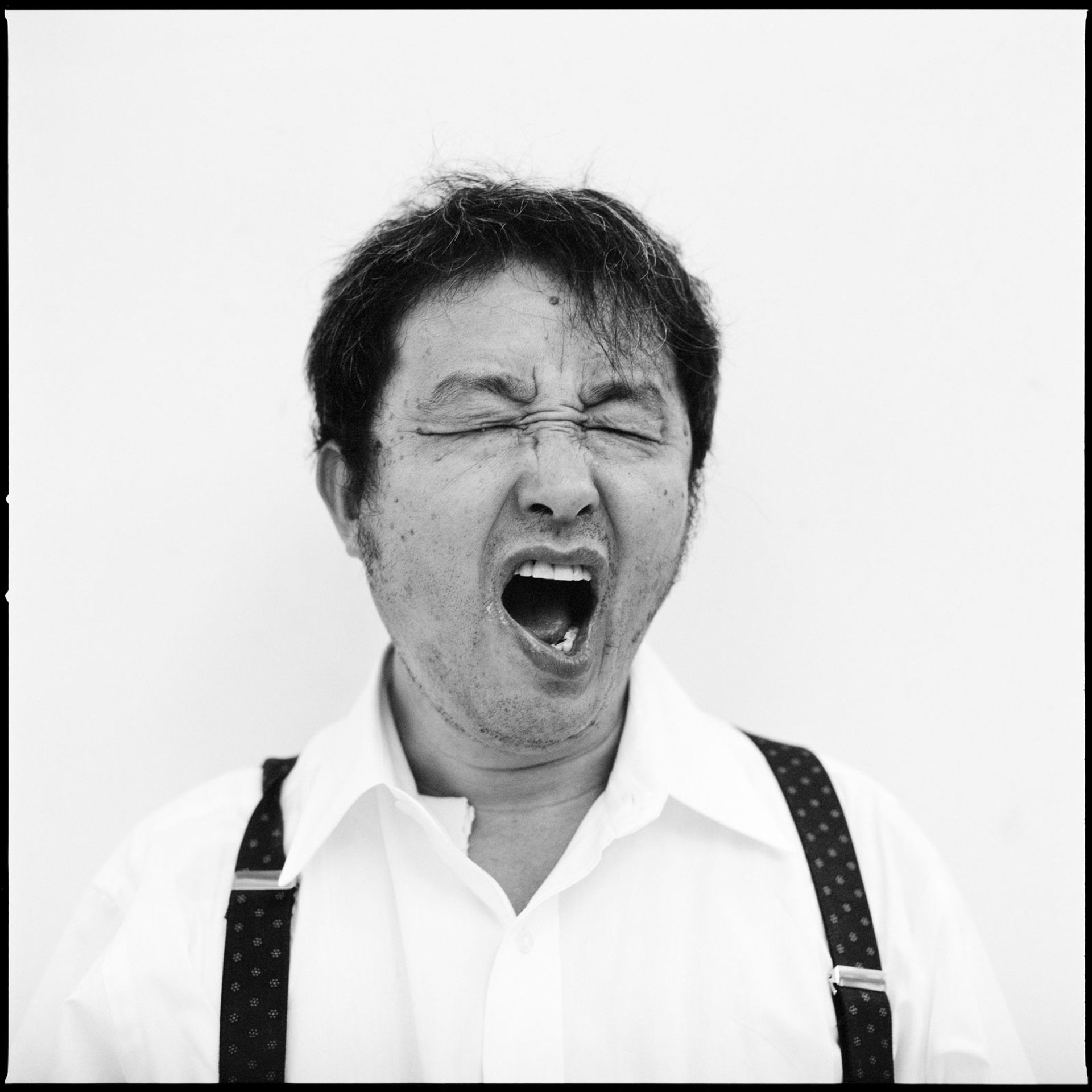
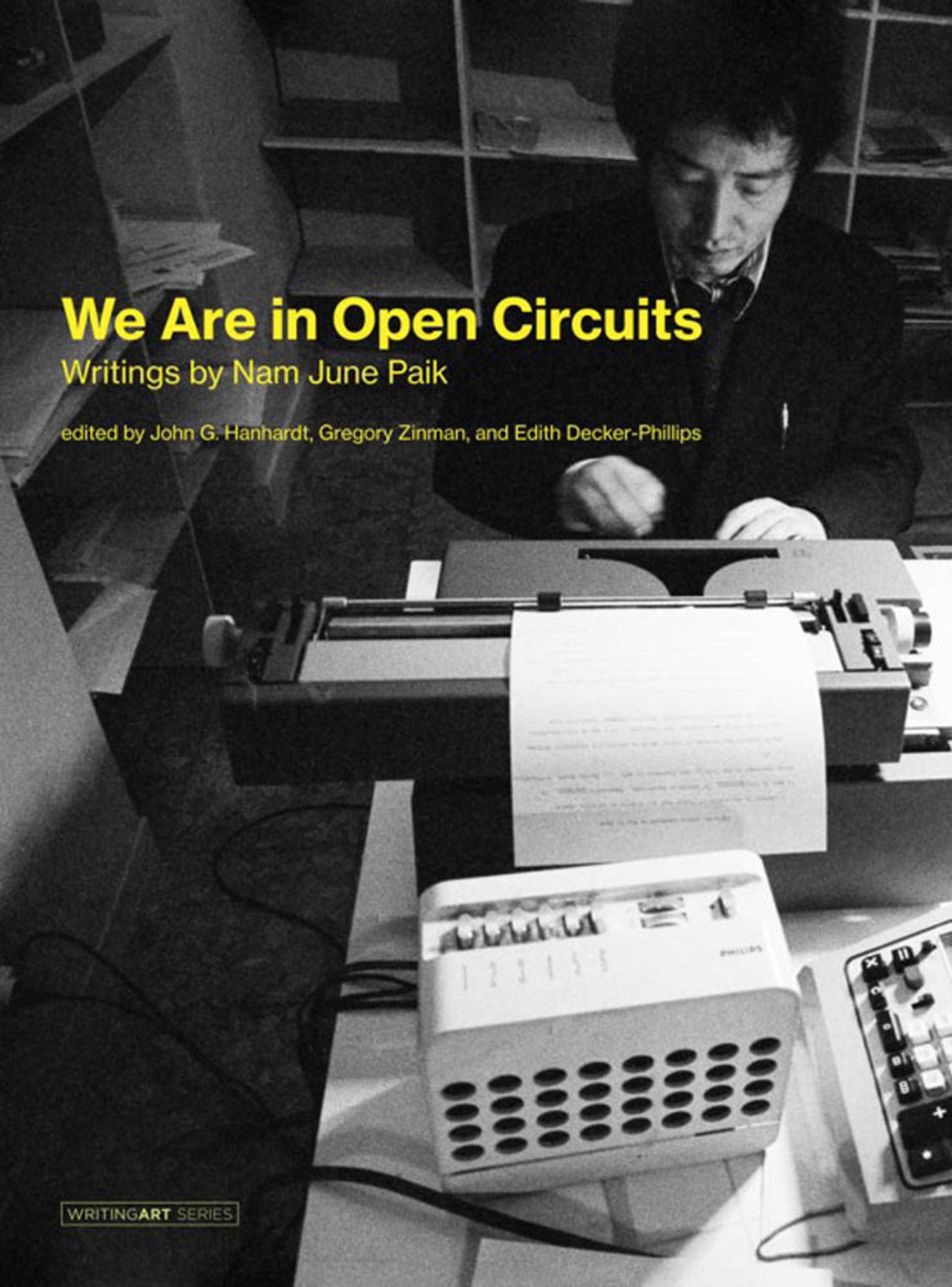
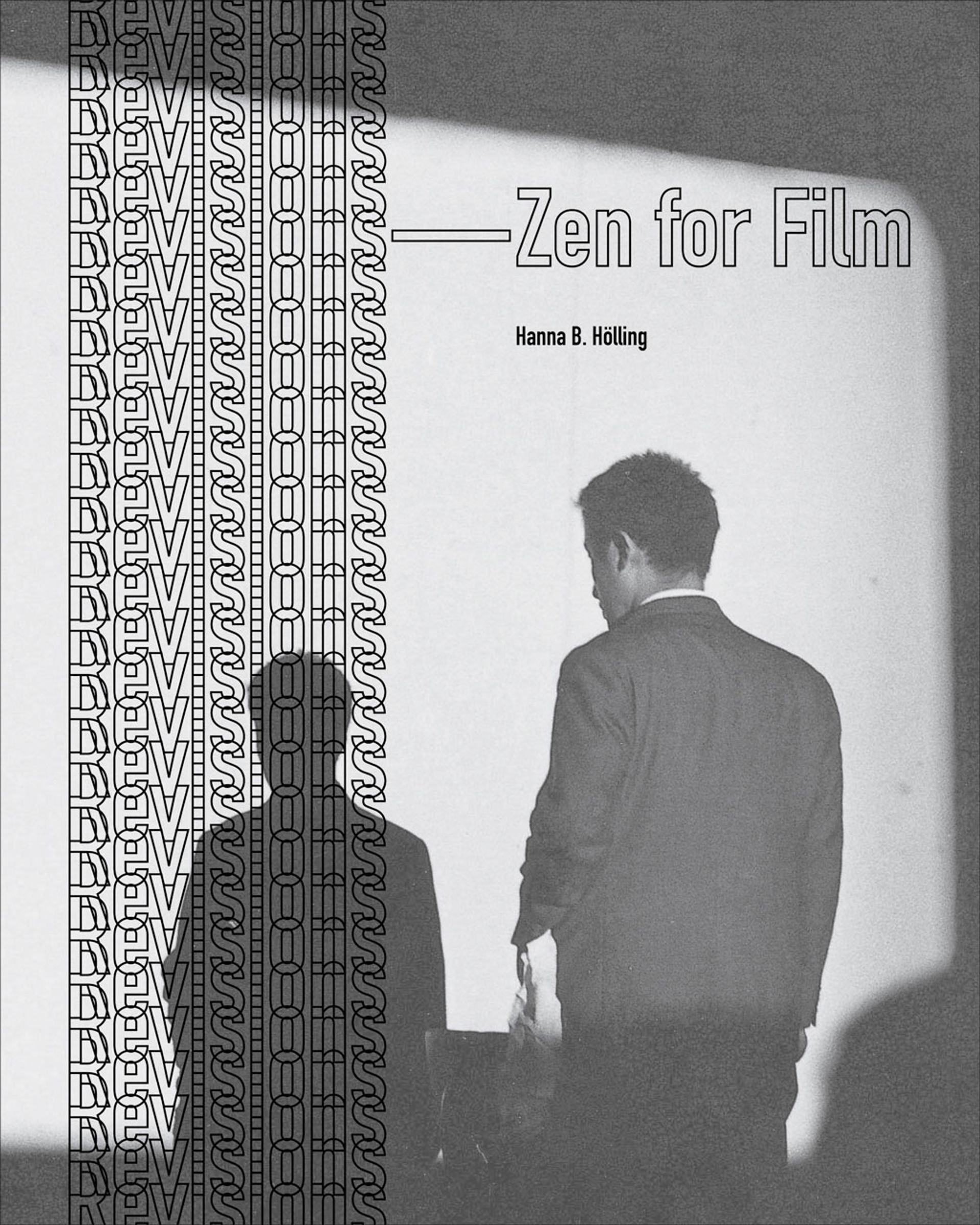
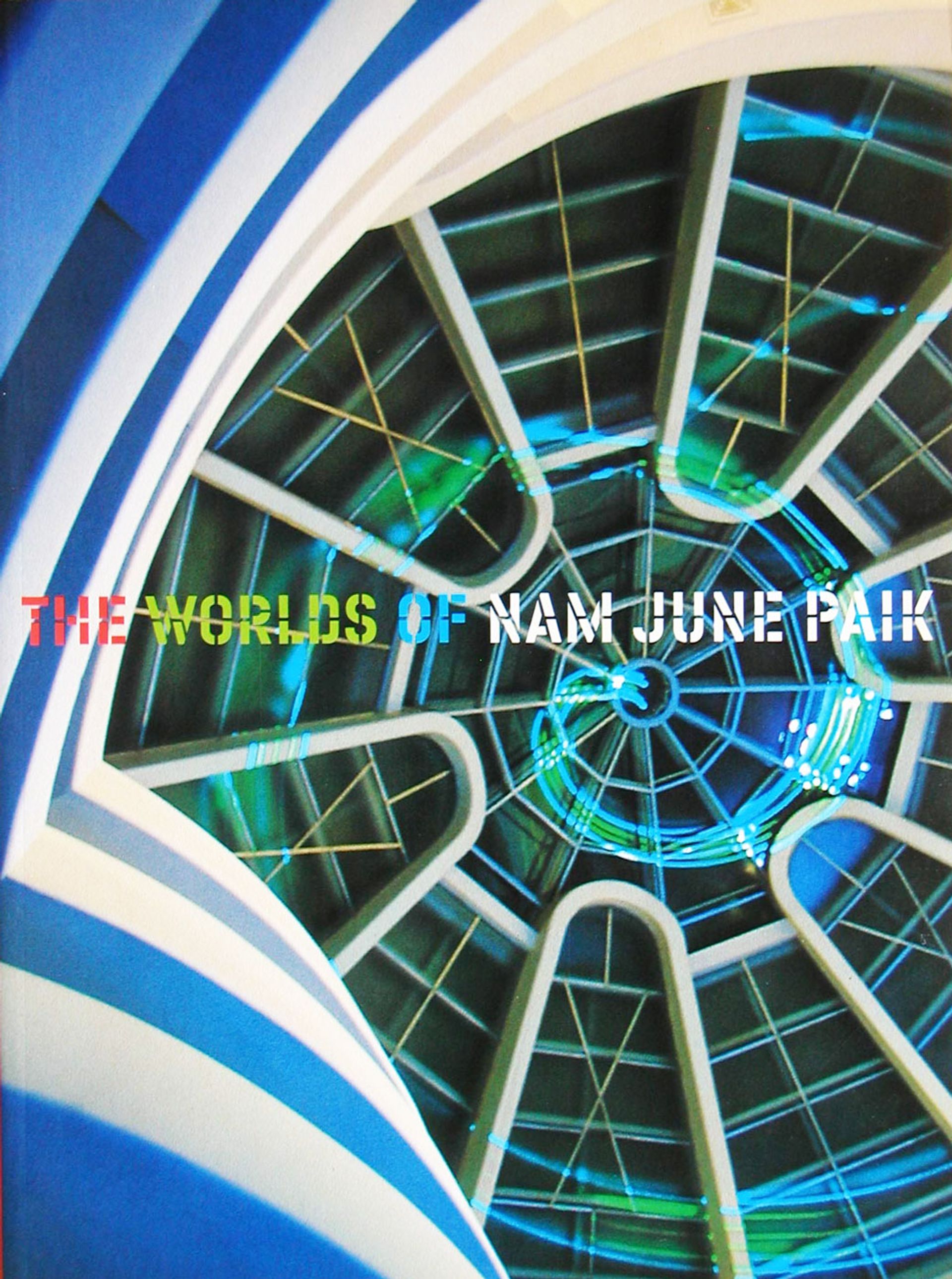
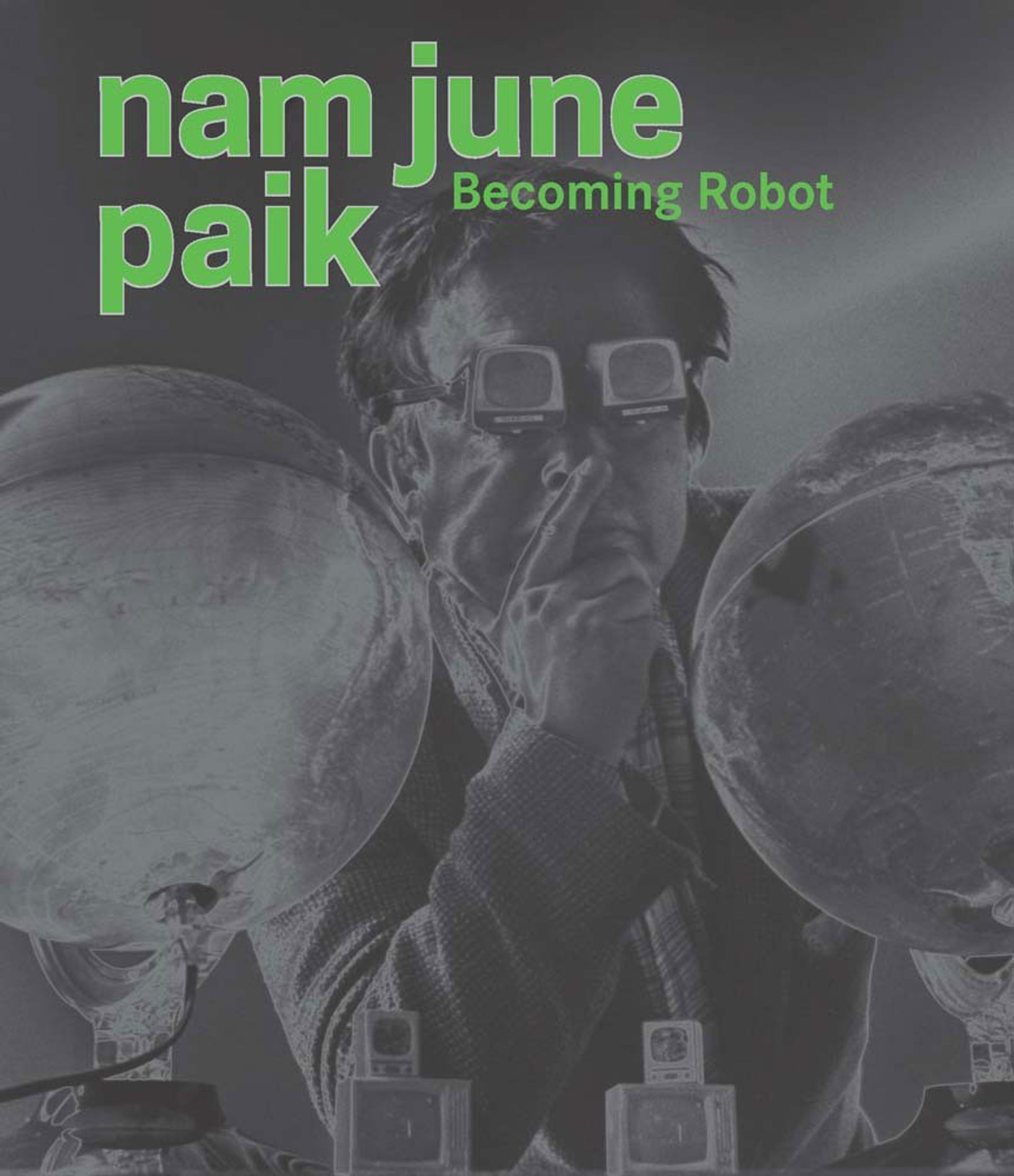

No comments:
Post a Comment